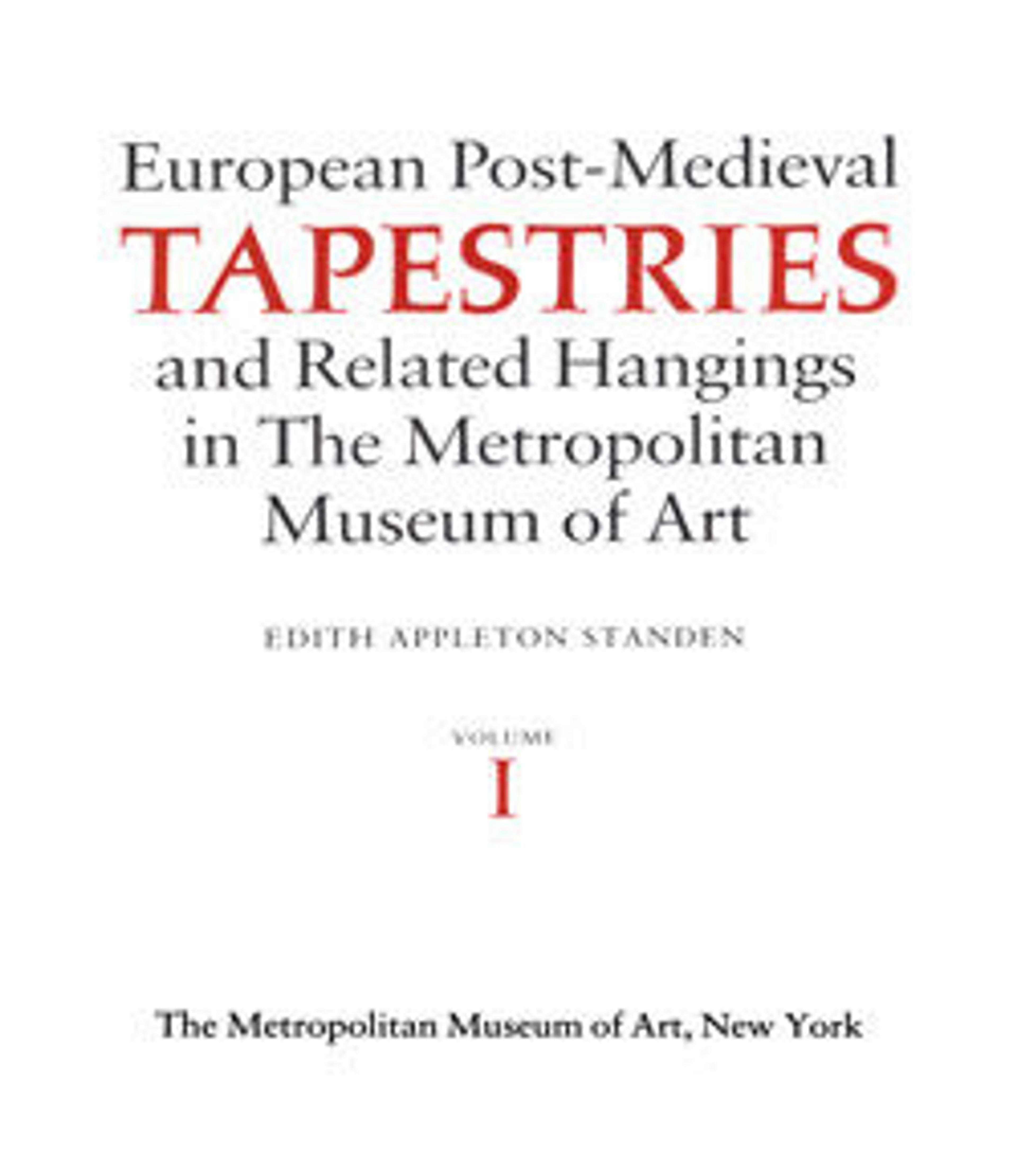Seated Woman
Cyrillic script on a fictive plaque adorning a trompe l’oeil frame identifies “S. B. Santerre”, the artist of the painting this tapestry imitates. Large-scale figurative tapestries like this one had been woven in Saint Petersburg since at least 1716 when Peter the Great founded a tapestry weaving workshop under royal protection; by 1756, its weavers were directed by Jean Baptiste Rondet, who had worked at the great Manufacture Royale des Gobelins in Paris. This tapestry, woven during the reign of Empress Catherine II of Russia, was probably entirely the work of Russian weavers, and is part of a large group of technically proficient tapestries modelled after great paintings in the Russian royal collection.
Artwork Details
- Title: Seated Woman
- Manufactory: Imperial Russian Tapestry Manufactory, Saint Petersburg
- Artist: After a painting by Jean-Baptiste Santerre (French, 1651–1717)
- Date: late 18th century
- Culture: Russian, St. Petersburg
- Medium: Wool, metal thread (20-25 warps per inch, 8-10 per cm.)
- Dimensions: 43 × 46 in. (109.2 × 116.8 cm)
- Classification: Textiles-Tapestries
- Credit Line: Gift of Julia A. Berwind, 1953
- Object Number: 53.225.15
- Curatorial Department: European Sculpture and Decorative Arts
More Artwork
Research Resources
The Met provides unparalleled resources for research and welcomes an international community of students and scholars. The Met's Open Access API is where creators and researchers can connect to the The Met collection. Open Access data and public domain images are available for unrestricted commercial and noncommercial use without permission or fee.
To request images under copyright and other restrictions, please use this Image Request form.
Feedback
We continue to research and examine historical and cultural context for objects in The Met collection. If you have comments or questions about this object record, please contact us using the form below. The Museum looks forward to receiving your comments.
